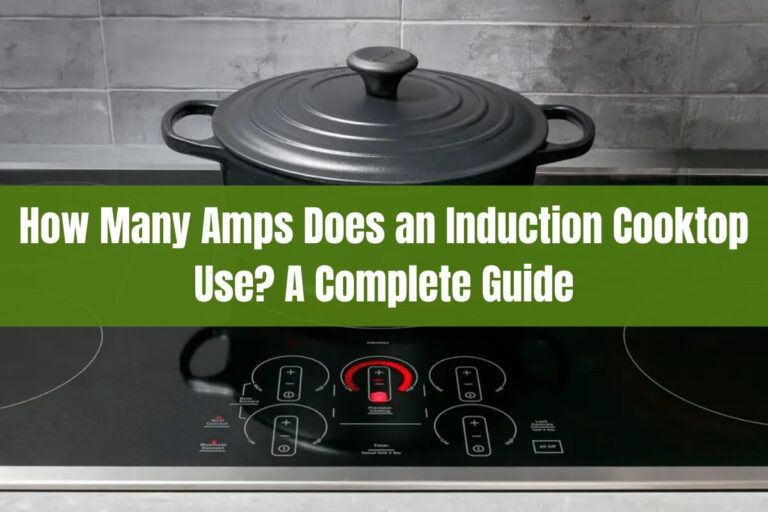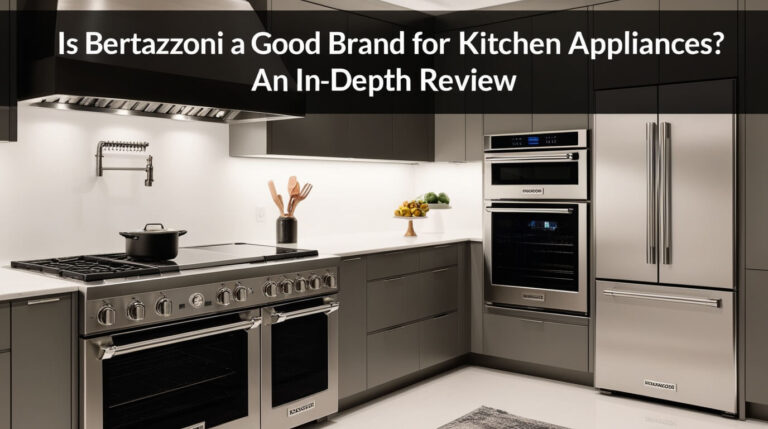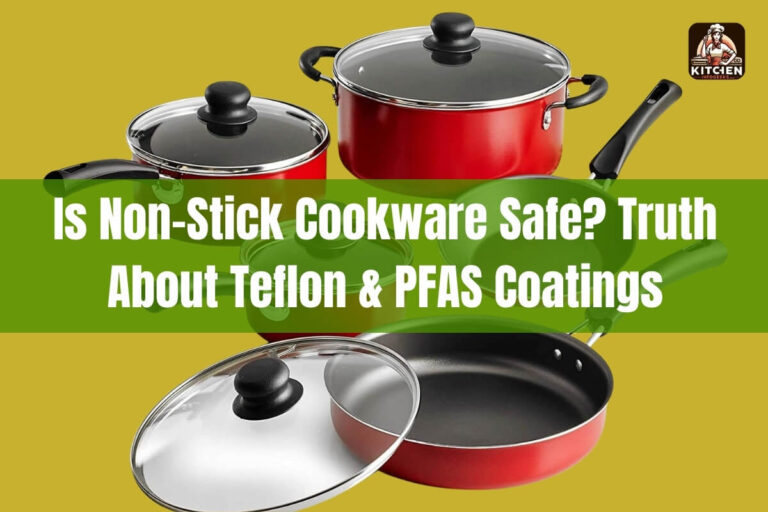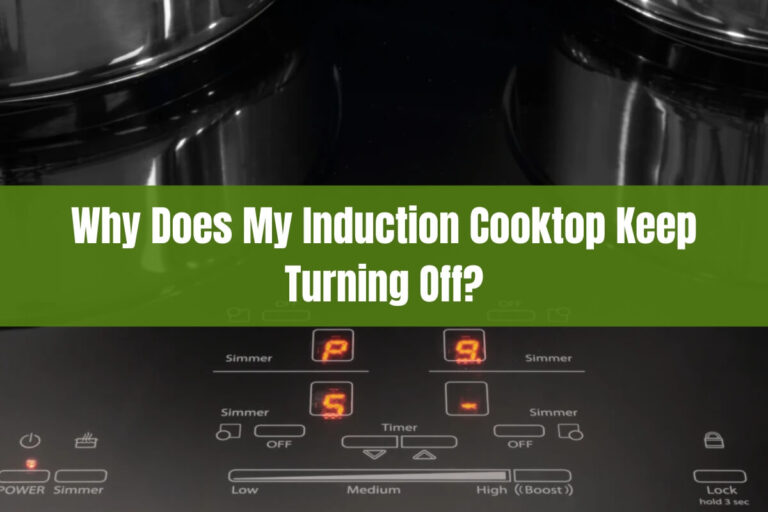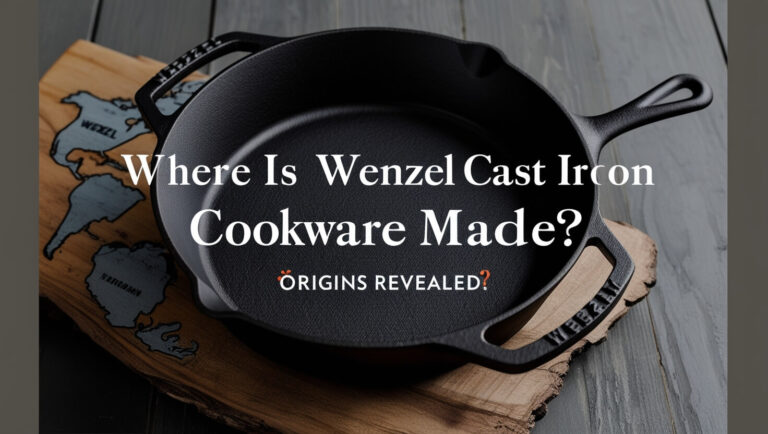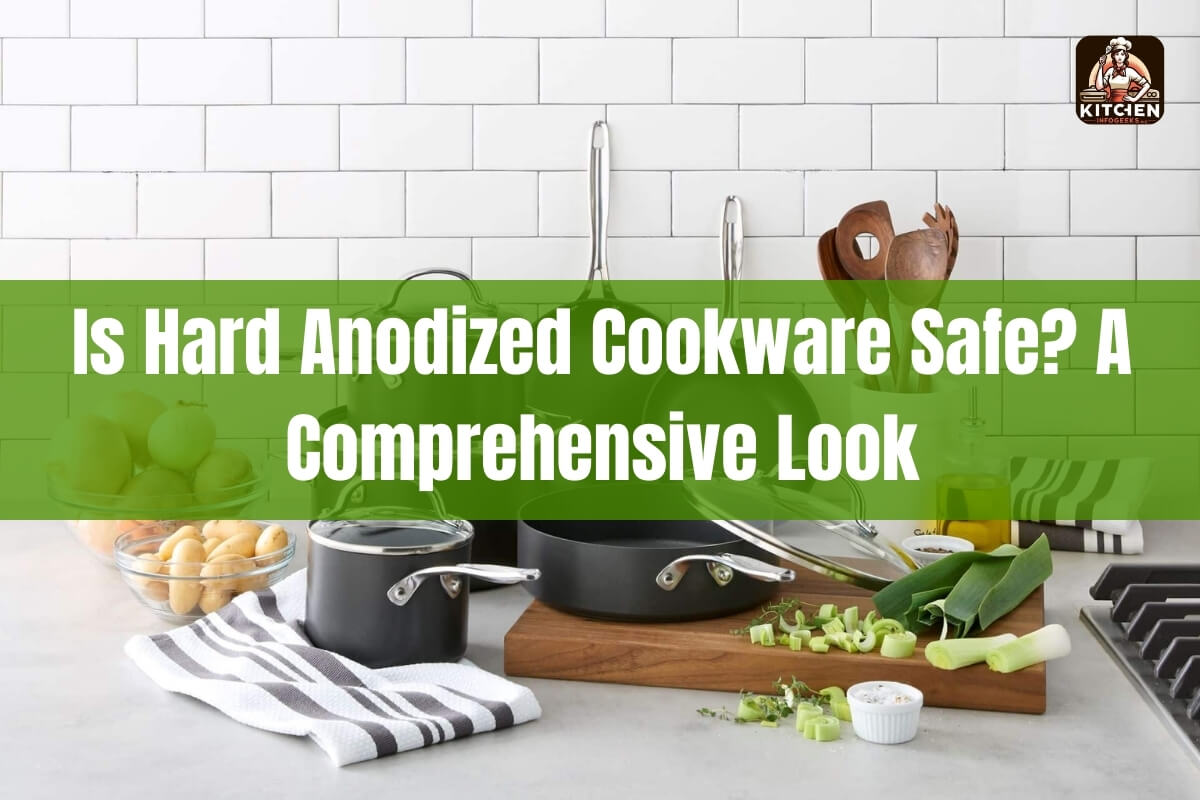
Is hard anodized cookware safe for daily use? This is a common question many have when considering this popular cookware option. The short answer is yes, hard anodized cookware is generally considered safe when used properly. However, there are some important factors to understand.
In this guide, we’ll take a deep dive into the safety of hard anodized pots and pans. We’ll cover what hard anodized means, explore potential risks, provide tips for safe usage, look at leading brands, and compare alternatives. By the end, you’ll have a thorough understanding to decide if hard anodized is the right choice for your kitchen.
What is Hard Anodized Cookware?
Hard anodized cookware refers to pots, pans, and other cooking vessels made from aluminum that has undergone an electrochemical anodizing process. This process creates a durable, oxidized aluminum coating on the surface that is much harder than regular aluminum.
The anodizing makes the cookware more scratch-resistant, increases its ability to conduct heat evenly, and gives it a darker, slightly rougher finish. This tougher anodized layer also makes the surface more stick-resistant, though not necessarily fully non-stick.
Some key advantages of hard anodized aluminum compared to regular aluminum cookware include:
- Durability – The anodized coating is very hard and resistant to wear and tear.
- Even Heating – Aluminum heats quickly and evenly with no hot spots.
- Lighter Weight – Much lighter than cast iron while still conducting heat well.
- Stick Resistance – The oxidized surface helps prevent food from sticking excessively.
While similar in some ways to non-stick cookware coated with polymers like Teflon, the anodized surface differs in being an integral part of the aluminum rather than just a coating.
Is the Anodized Surface Really Safe?
The big safety question around hard anodized cookware stems from aluminum itself. Some studies have raised concerns about aluminum exposure being potentially linked to Alzheimer’s disease and other health issues.
However, major health organizations like the FDA, World Health Organization, and Alzheimer’s Association have concluded that anodized aluminum cookware is safe when used normally. This is because the anodizing process creates a layer of aluminum oxide on the surface. Aluminum oxide functions as an insulating barrier between the aluminum core and your food.
As long as this anodized coating remains intact, little to no leaching of aluminum into foods is expected to occur during cooking. The aluminum oxide surface is chemically stable and non-reactive with acidic foods as well.
While extreme cases of coating breakdown could potentially allow aluminum exposure, the same health organizations state that normal intake and contact with aluminum is not a significant risk factor.
“Further, it is unlikely that people can significantly reduce their exposure to aluminum through such measures as avoiding aluminum-containing cookware…The vast majority of mainstream scientists now believe that if aluminum plays any role at all in Alzheimer’s disease, that role is small.”
– Alzheimer’s Association
In contrast, bare, uncoated aluminum cookware carries a higher risk of aluminum leaching into foods, especially with acidic ingredients. The anodized coating is key to making aluminum safe for routine cooking use.
Potential Risks and Downsides of Hard Anodized
While generally deemed safe by experts, there are still some risks and downsides to be aware of with hard anodized cookware:
Coating Breakdown at High Heat
The anodized coating can start to break down, crack, and peel if exposed to excessive heat above around 500°F / 260°C on a consistent basis. This could lead to increased aluminum leaching.
Scratches From Abrasive Tools
While highly durable overall, the anodized surface can get scratched, chipped, or worn down over time by abrasive scouring pads or metal utensils. These scratches compromise the integrity of the coating.
Differing Qualities and “Infused” Versions
Some brands produce “infused anodized” cookware where the anodized surface is covered with an additional polymer coating. The safety of these hybrid products is less established than traditional hard anodized.
Additionally, quality can vary significantly between brands and manufacturing processes, affecting the hardness and lasting-power of the anodized layer.
Need to Eventually Replace
Unlike stainless steel, even very high-quality hard anodized pans have a finite lifespan of around 3-5 years before the coating starts degrading enough to warrant replacement for optimal safety.
Signs Your Anodized Pans Need Replacing
- Discoloration or loss of anodized finish: If you can see exposed aluminum peeking through scratches, chips or worn areas, it’s time to replace the pan.
- Food sticking excessively: While never fully non-stick, if foods are sticking badly even with proper use, the coating may be failing.
- Warping or hot spots: An intact anodized surface should heat evenly. Uneven heating is a clue the coating has broken down in areas.
- White chalky residue: This could indicate the anodized layer is deteriorating over large areas of the pan’s surface.
Tips for Safe Use of Hard Anodized Cookware
To maximize the lifespan and safety of your hard anodized pots and pans, follow these best practices:
- Avoid excessive heat over 500°F / 260°C: Lower the heat when searing meat, and never heat an empty pan.
- Use non-abrasive utensils: Stick to wood, silicone, or plastic utensils rather than metal.
- Hand wash with non-abrasive materials: Harsh abrasive sponges and cleaners can scratch and wear down the finish. Stick to soft sponges/cloths.
- Avoid acidic ingredient storage: Only use for cooking; don’t let acidic foods sit for extended periods as this accelerates coating breakdown.
- Heat up gradually: Rapid intense heating promotes warping and hot spots.
- Replace when coatings start failing: Don’t wait until pans are completely bare aluminum. Replace when you first notice signs of wear.
Following these tips helps ensure your hard anodized cookware provides years of safe, effective use before replacement is needed.
Top Hard Anodized Cookware Brands
Many leading cookware brands manufacture quality hard anodized lines. Some top options to consider include:
Calphalon Hard Anodized Nonstick: One of the original hard anodized cookware pioneers, Calphalon’s contemporary lines add a nonstick coating over the anodized surface. Oven-safe and dishwasher-safe.
Anolon Advanced Hard Anodized Nonstick: Highly durable hard anodized aluminum construction with a quality nonstick coating for added release. Available in various line extensions.
Rachael Ray Hard Anodized II Nonstick: A more affordable hard anodized option featuring dual non-stick interior coating. Available in bold colors.
Kirkland Signature Hard Anodized: Costco’s Kirkland brand offers a budget-friendly hard anodized set featuring a scratch-resistant Titanium reinforced exterior.
All-Clad Hard Anodized Nonstick: The premium All-Clad brand constructs these PFOA-free hard anodized pans with a triple-layer interior nonstick.
Most contemporary options now feature some sort of additional nonstick interior coating. For a polymer-free interior, you may need to hunt for vintage or professional-grade lines from the above brands.
Alternatives to Hard Anodized Cookware
If you prefer to avoid hard anodized aluminum altogether, either for maximum safety or because you dislike having to eventually replace pieces, some alternative cookware options include:
Stainless Steel Tri-Ply: Durable stainless steel cookware with an aluminum core for even heating. Look for fully-clad options rather than disc bottoms. More stick-resistant than plain stainless.
Enameled Cast Iron/Carbon Steel: Cast iron or carbon steel pans with a vitreous enamel glaze are naturally non-stick, low-maintenance, and can last for decades when properly cared for.
Ceramic Non-Stick: 100% ceramic-based non-stick surfaces avoid controversial materials but don’t tend to last as long as hard anodized. Look for commercial-grade ceramics.
Pure Carbon Steel: Representing an affordable, naturally low-stick option. Carbon steel pans develop a seasoned patina over time, providing excellent food release without any coatings. However, they require a bit more care and maintenance to prevent rust.
While each cookware material has its pros and cons, options like tri-ply stainless steel, enameled cast iron/carbon steel, and high-quality ceramic non-stick can serve as great alternatives to hard anodized if you want to avoid aluminum entirely.
It’s worth noting that all aluminum cookware carries some theoretical risk compared to non-aluminum options. However, the anodizing process makes that risk fairly minimal based on the scientific evidence.
The Bottom Line on Hard Anodized Safety
So is hard anodized cookware safe for everyday cooking? Based on the opinions of major health authorities, the answer is a resounding yes – when used as intended.
The anodized aluminum oxide coating creates an effective barrier that prevents leaching or exposure to the reactive aluminum core during normal cooking. As long as this coating remains intact and you use reasonable heat levels, hard anodized should pose no meaningful health risks.
However, the coating can start degrading over several years of use, especially with excessive heat or abrasive cleaning practices. Watching for signs of coating failure and timely replacement is important for maintaining safety.
With a little care and attention, trusted hard anodized brands offer an affordable option that combines the benefits of even heating, durability, stick resistance, and overall ease of use. For health-conscious cooks, it represents a safer aluminum cookware alternative to uncoated pans or non-stick coatings.
Ultimately, whether you choose hard anodized, stainless steel, cast iron, or other options comes down to weighing the pros and cons for your personal cooking needs and priorities. Understanding the facts will help you make the most informed, safe decision for equipping your kitchen.


